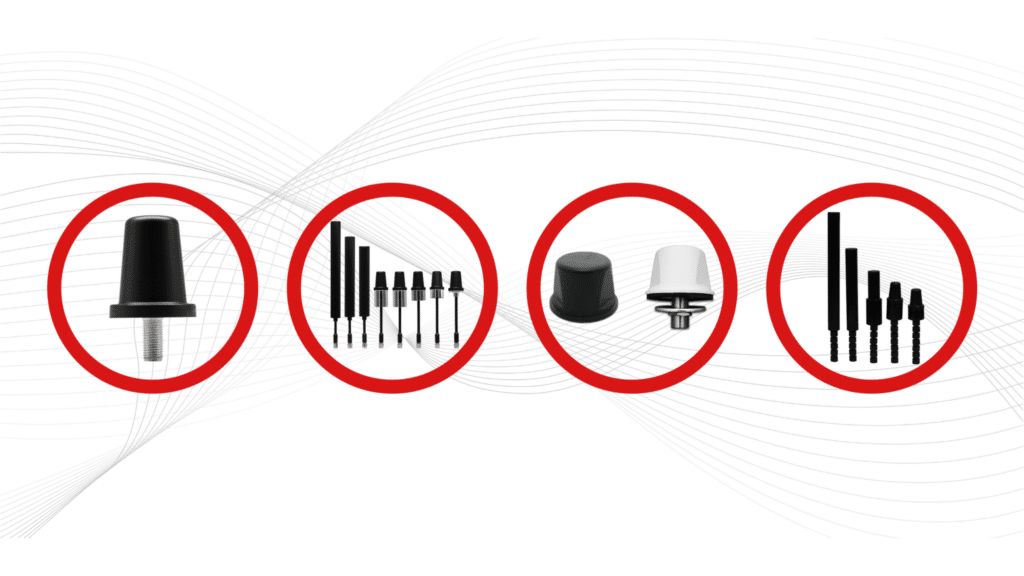Antenna Frequency Explained
Antenna frequency and wireless technology is all around us. From your child’s walkie-talkie to the newest smart phone in your pocket. We see and interact with these objects every day. However, it is what we don’t see that makes this all possible, radio waves. Radio waves continually transmit information from one device to another and are constantly interacting with each other and their surroundings. But how can you sit in your house with the radio on, Wi-Fi connected, and talking on the cell phone at the same time? Even though all those devices are using radio waves, they are all operating at different Antenna frequencies.
Antenna Frequency is defined as the number of cycles of a wave per second. The unit of measurement for frequency is Hertz (Hz), 1 Hz is equal to one cycle (oscillation) per second. In the picture below the wave is oscillating three times per second, so the frequency would be 3Hz.

When considering radio waves, the frequencies are noticeably higher than the above example. They operate between 3 kHz (kilohertz) and 300 GHz (gigahertz). One kHz is equal to 1,000 Hz and one GHz is equal to 1,000,000,000 Hz. That’s one thousand and one billion oscillations per second respectively. These frequencies are well below the visual spectrum frequencies needed for human eyesight, which is why we cannot see them.
With the use of an antenna, a wireless device is able to send and/or receive radio waves. The device and antenna are designed to only pick up a certain frequency. For example a Wi-Fi router will operate at 2.4 GHz and an FM radio operates around 0.1 GHz. These radio waves will still interact with each other, but the interaction is minimal due to the large frequency difference. This is why you can operate your radio, Wi-Fi, and cell phone all at the same time. They all operate at different frequencies with minimal interference. Now have you ever picked up your cordless phone to see your Wi-Fi cut out? Many Wi-Fi routers and wireless phones both operate at 2.4 GHz. With the same operating frequency, the interaction between the radio waves is at a maximum and can cause interference with one another.
So the next time you are installing a wireless device into your office or house, take into consideration what frequencies are being used. The subject of Antenna frequency is an important fundamental for wireless devices and antennas and as you can see now, it is what you can’t see that can make all the difference in this wireless world.
MP Antenna, LTD. is the exclusive developer and manufacturer of advanced, Multi-Polarized antennas. They are well-suited for a range of applications including public safety, wireless broadband systems, WiFi, WiMax, video monitoring systems, 3G, CDMA, GSM, PCS and LTE. The company’s product line improves signal penetration and connectivity in obstructed deployments. This provides increased data throughput, enhanced voice clarity and multi-path mitigation. MP Antenna’s products are protected under numerous US patents with many US and foreign patents pending. MP Antenna is privately held and designs and manufactures its products at their headquarters located near Cleveland, Ohio, USA.
